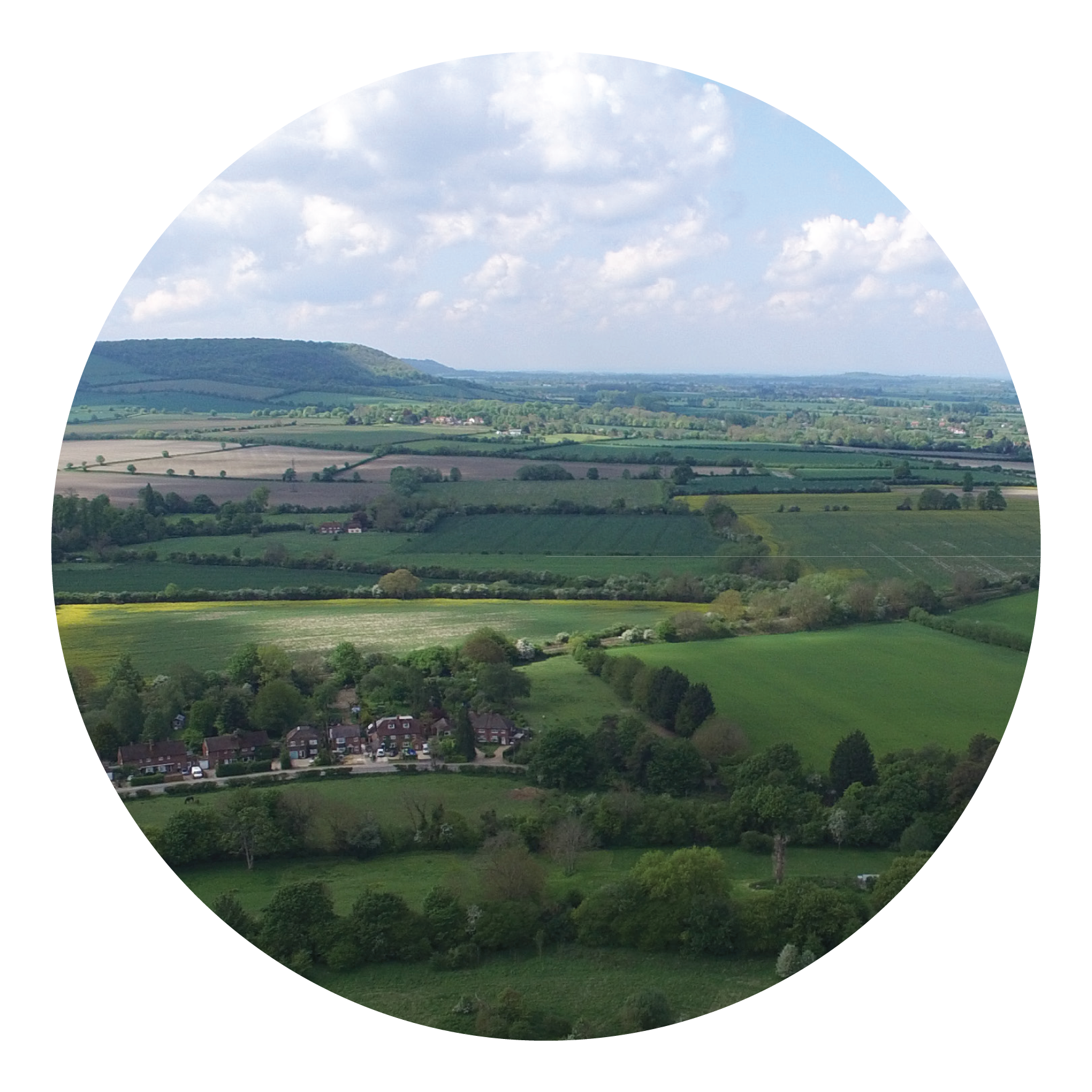The Buckinghamshire & Milton Keynes Biodiversity Action Plan (“the BAP”) sets out the main issues impacting on wildlife in the county and some of the measures needed to help our wildlife. The BAP includes agreed targets for the creation and restoration of our most biodiverse habitats (or priority habitats) such as wild flower meadows, chalk downland, woodlands and wetlands. Like the BAP, the habitat targets are owned by us all and we can all contribute.
This Biodiversity Action Plan has been produced by the Buckinghamshire and Milton Keynes Natural Environment Partnership, the Local Nature Partnership for Buckinghamshire and Milton Keynes, working in collaboration with, and with support and input from, statutory conservation agencies, non-government organisations, local government, landowner/manager representatives, naturalist groups and individual wildlife, landscape and conservation experts.
Download Forward to 2030: Biodiversity Action Plan for Buckinghamshire & Milton Keynes .
The appendices to this document are available to download as a separate file:
Download the Appendices
.
The Executive Summary is also available as a stand-alone document:
Download the Executive Summary
.
Because:
Yet our local wildlife continues to decline. Buckinghamshire’s countryside may look green and pleasant but this disguises dramatic declines in both the range of wildlife species present and the numbers of individuals of those species. The 2016 State of Nature Report highlighted how the wildlife of Britain is struggling, with on-going declines in its overall abundance. UK priority species have fared particularly badly since 1970 with two thirds of individuals having been lost so that their populations are now only one-third of what they were in 1970. These include some of our best known wildlife such as skylarks, yellowhammers, water voles, hares, hedgehogs, frogs, and toads. For every three individuals of these priority species that existed in 1970 only one now remains. Imagine the uproar if we had allowed 28 of England’s 42 cathedrals to crumble away to nothing since 1970 and yet that is what we are allowing to happen to our wildlife. Indeed 1 in 10 wildlife species are now threatened with extinction in the UK.
The aim of our Biodiversity Action Plan is to set out measures that will help wildlife to reverse this decline and help wildlife to thrive.

Where in 1945 it was thought that the way to solve the problem was to create wildlife parks and nature reserves, that is no longer an option. They are not enough now. The whole countryside should be available for wildlife. The suburban garden, roadside verges … all must be used.
Everyone from landowners to window box gardeners can do their part. Each and every bit of wildlife habitat created contributes to making Buckinghamshire a better place for wildlife and people.
Your home
If you are lucky enough to have a garden, can you set some of your lawn aside for a meadow or plant wildlife friendly plants in the borders? If you don’t have a garden how about a window box with flowers for pollinating insects? Even leaving a small area to grow wild can help wildlife.
For ideas and inspiration, check out our awareness project Bucks Buzzing.
Your community
Why not team up with others to encourage wildlife rich green spaces around where you live? If you have a Parish Council responsible for the green spaces work with them to let the flowers grow and create new habitats.
Find local opportunities to volunteer with our Conservation Directory.
Your place of work
What better welcome to visitors than a beautiful meadow of bright flowers at your entrance. A wildlife area with trees, flowers and wetlands and some seats will provide a relaxing space at which staff can relax to refocus for work in the afternoon.
We encourage everyone to create Wilder Spaces.
The Biodiversity Action Plan for Buckinghamshire belongs to everyone. Local businesses, organisations, statutory bodies, parish councils, groups and individuals can all make a valuable contribution, working on your own land or working in partnership with others. So whatever you can do to help wildlife in Buckinghamshire please do so and spread the word: tell others what you have done to inspire others to help.
It is the greatest
of all mistakes
to do nothing because you
can only do a little.
Do what you can.